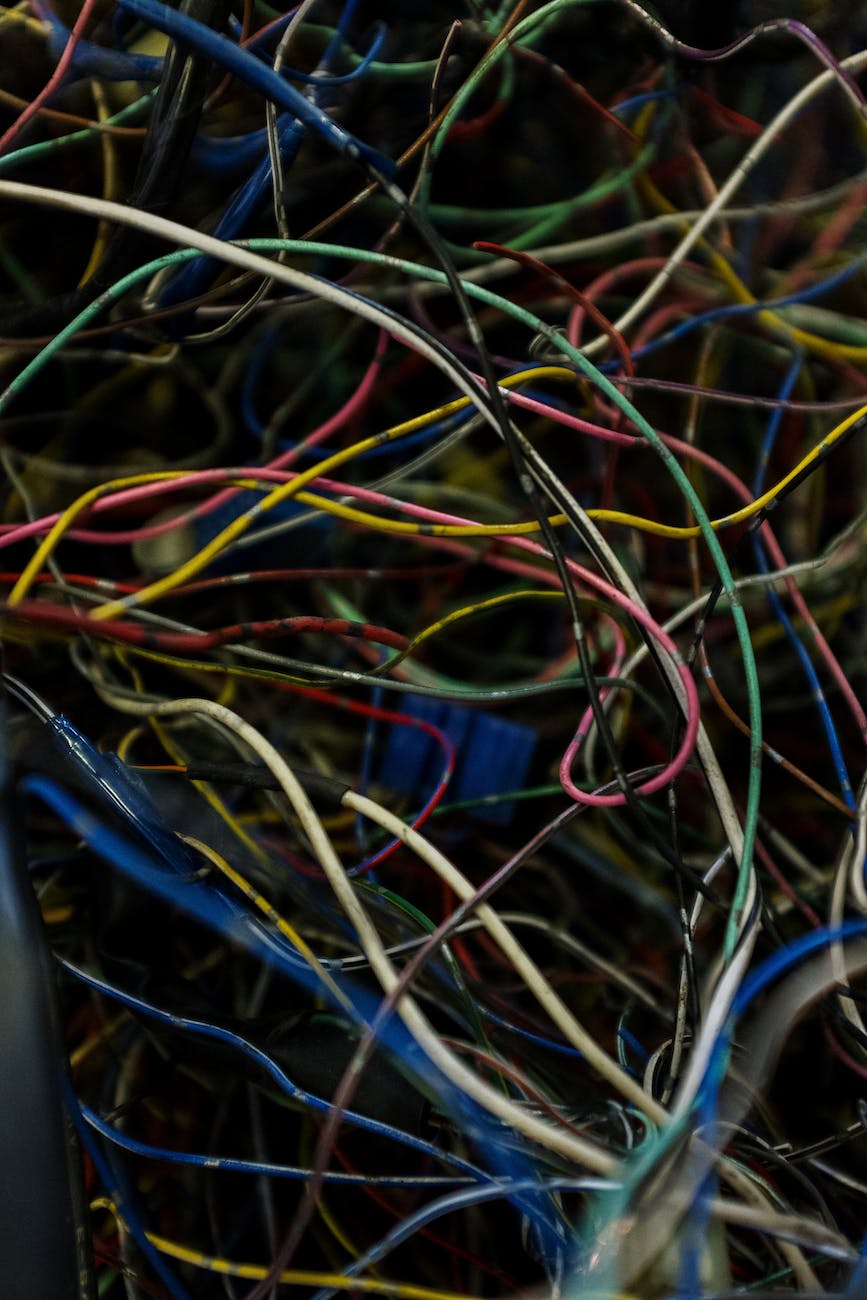
Standards, we’re surrounded by them in our industry. Cabling standards like TIA586A/B tell us how to wire category 5/5e/6/6a (dang there’s another standard) for use in Ethernet (bam, another one). They help us ensure uniformity and compatibility in our industry. Without them, we would have balkanization and your Cisco network couldn’t talk to your Juniper network, maybe even your HP PC couldn’t talk to your IBM one.
So you’re probably asking by now, why is Ben rambling about standards? Does anyone think they’re bad? Has he finally gone around the bend? Nope, no worries, I’m using this as a tie-in to talk about my experience tonight with consumer electronics. Recently, we moved to Alabama from Illinois and for the first month, I’ve left the newly constructed house much as the builder left it. Tonight though came my first smart home upgrade.
For my first project, I chose to upgrade the builder thermostat to an ecobee. I’m fairly experienced at swapping out thermostats as I put programmable ones in at pretty much every apartment I ever lived in and I had an ecobee at our previous home. Over the years I’ve developed a mental process for swapping them out.
- Remove the old thermostat
- Take a photo of the cabling attached to the old thermostat’s base
- Install the new base and attach the cabling to the same terminals as the photo
- Attach the new thermostat to the base
All in all, it’s usually a pretty simple process. The craziest I had done up until tonight was at my parent’s house. I needed the C wire for power and since there was a spare wire I hooked it up on both ends, but still no power. After lots of cussing and trips back and forth from the basement, I finally noticed a splice in the thermostat wire above the furnace. Someone had left me a present, not all of the wires were spliced, and the ones that were weren’t to the same colors so blue at the thermostat wasn’t blue on the furnace.
Tonight took less time to figure out, but again it was the wiring “standard” that caused me issues. As my process above indicated I hooked everything up to match the photo. No power. Rechecked the cabling and everything matched the photo. So of course I consulted the Google and found that when only one of Rc and Rh are in use, the wire should connect to Rc on the ecobee (many thermostats have a jumper between Rc and Rh). Fixed that and got power.
The rest of the setup process went well, or so I thought. After a few minutes, my wife asked me why it was so hot. That’s when we realized that even though the thermostat was set to AC, the heat was on. That’s not a good thing in Alabama in the middle of summer. Back to the Google!
This time Google told me this is usually because the unit is a heat pump and the O/B cable is not hooked up or needs to be set to a different setting. It went on to explain that this is for heat pumps. I referred to my photo and found that there was no O/B wire on the old thermostat, not even a place for it. Repeated searches turned up nothing else so I decided to go outside to the compressor and verify what the model was. Looking up the model, yup it was a heat pump. More searching led me to find that some thermostats like the builder grade one used W1 instead of O/B and then had a setting to program it as a heat pump. Ecobee’s documentation led me to move W1 to O/B and W2 to W1. This got me to a working and much cooler solution.
Through my search, I learned something about HVAC. There are standards… and then there are “standards”. When it comes to thermostat wires, there are some common things like Y is yellow, W is white, R is red, C is Blue (common), and O is Orange. Of course, in my case C was orange, O was white, and W was blue. This is just about as disorienting as going into a network where the default gateway is say 10.1.1.242 (don’t get me started on the people that use .254 as a “security” measure).
Final Thoughts
Some things that I can take away from this experience and apply to IT. First, standards matter and we should strive to embrace them, even if it’s an internal standard like every port has a description. Secondly, when you have to deviate from the standard (it happens), DOCUMENT IT. In my case, the HVAC installer could have used a wire marker to label the cables with their purpose and it would have saved me some headaches.
At the end of the day, this whole experience made me think about a former CTO of mine that we lost too soon. He started as a network engineer and was CCNP certified, but he was more than that. He got into HVAC and electrical and ended up getting licensed in both. When I first learned that I scratched my head, but now I understand. I have been interested in both and have gotten addicted to troubleshooting videos on YouTube for both industries. In a lot of ways IT, HVAC, and electrical share a lot of similar traits. I encourage you to give Chris at HVACR Videos a watch. His troubleshooting methodologies and big-picture approach are exactly what we need to strive for in IT. If more practitioners took his approach in IT, there would be more solutions and less finger-pointing between networking and other areas.
